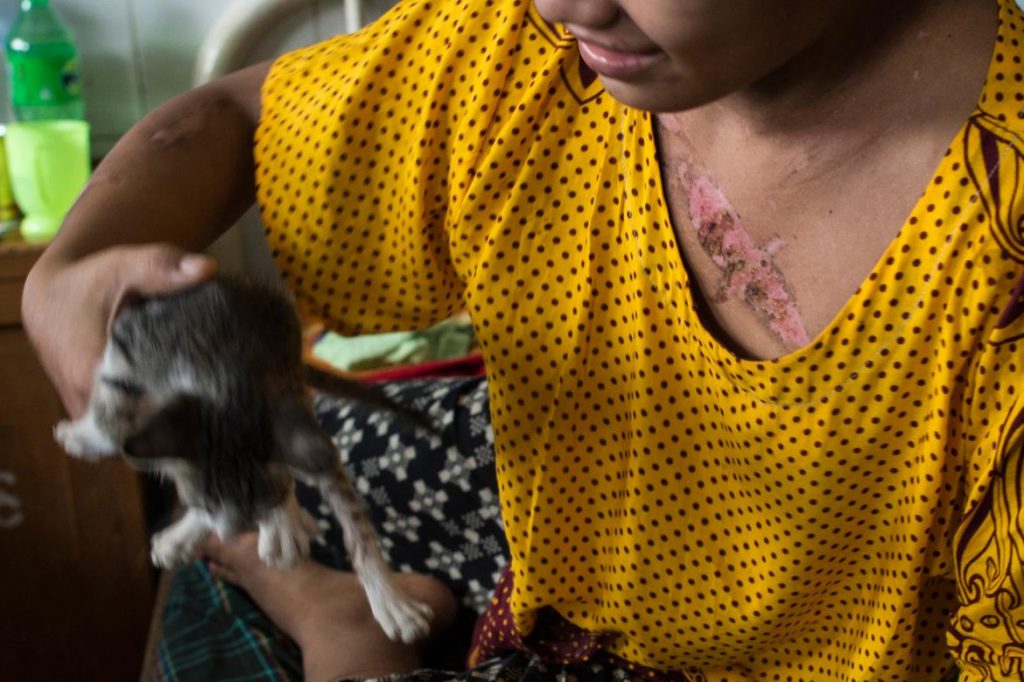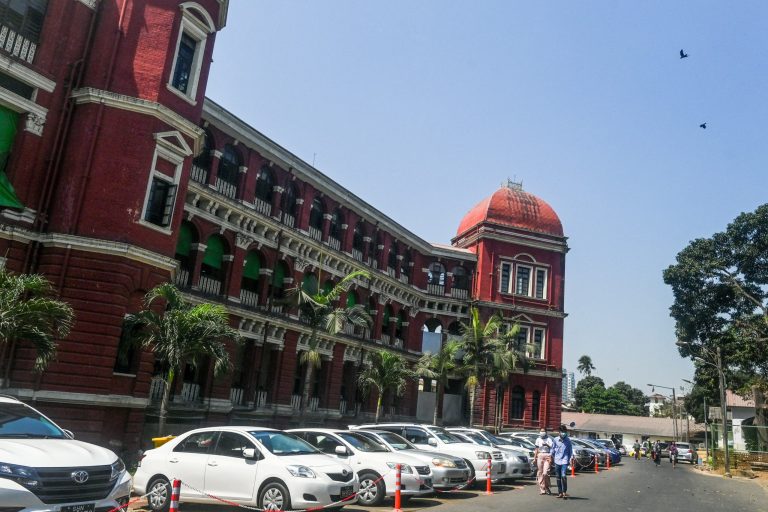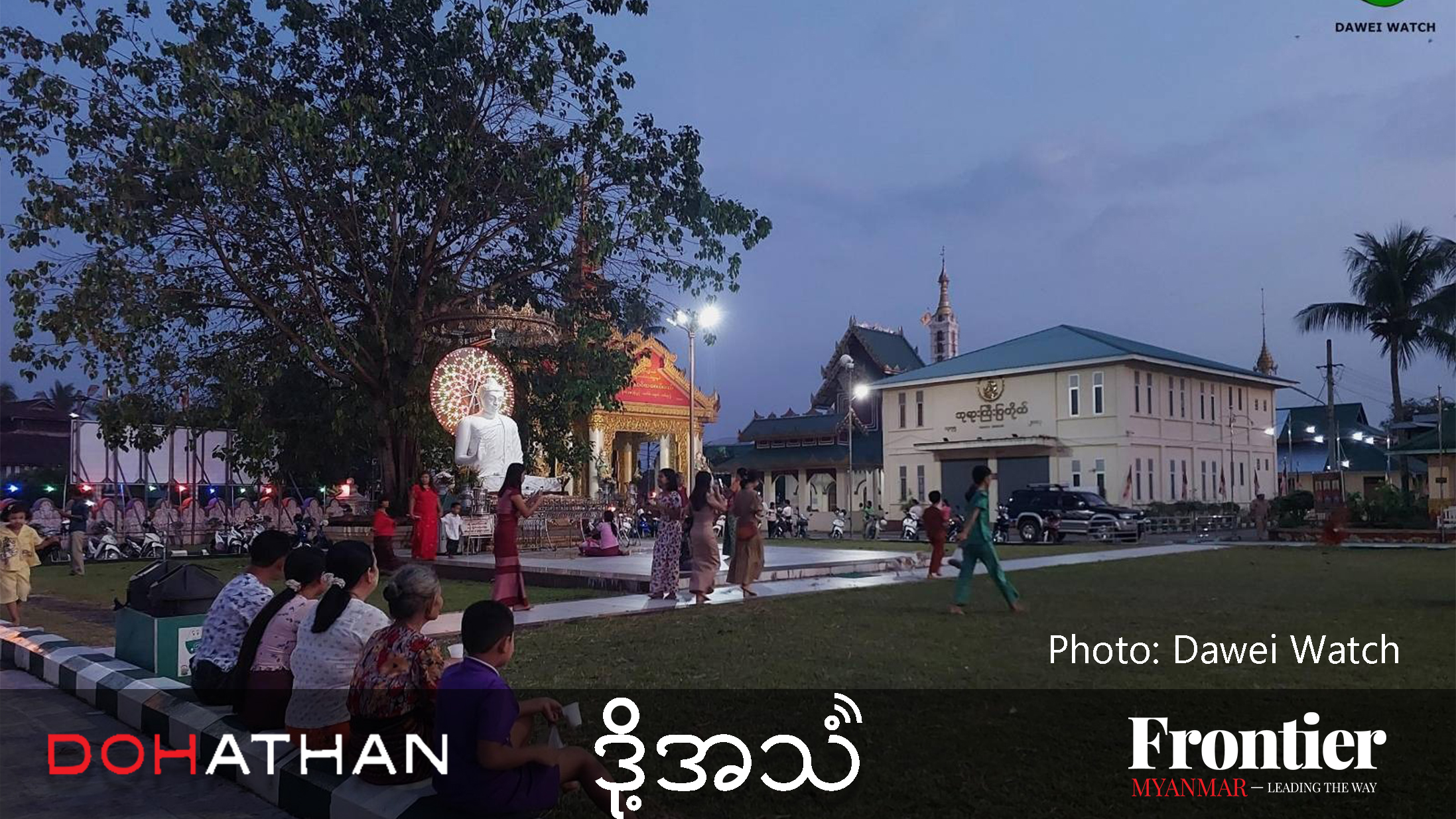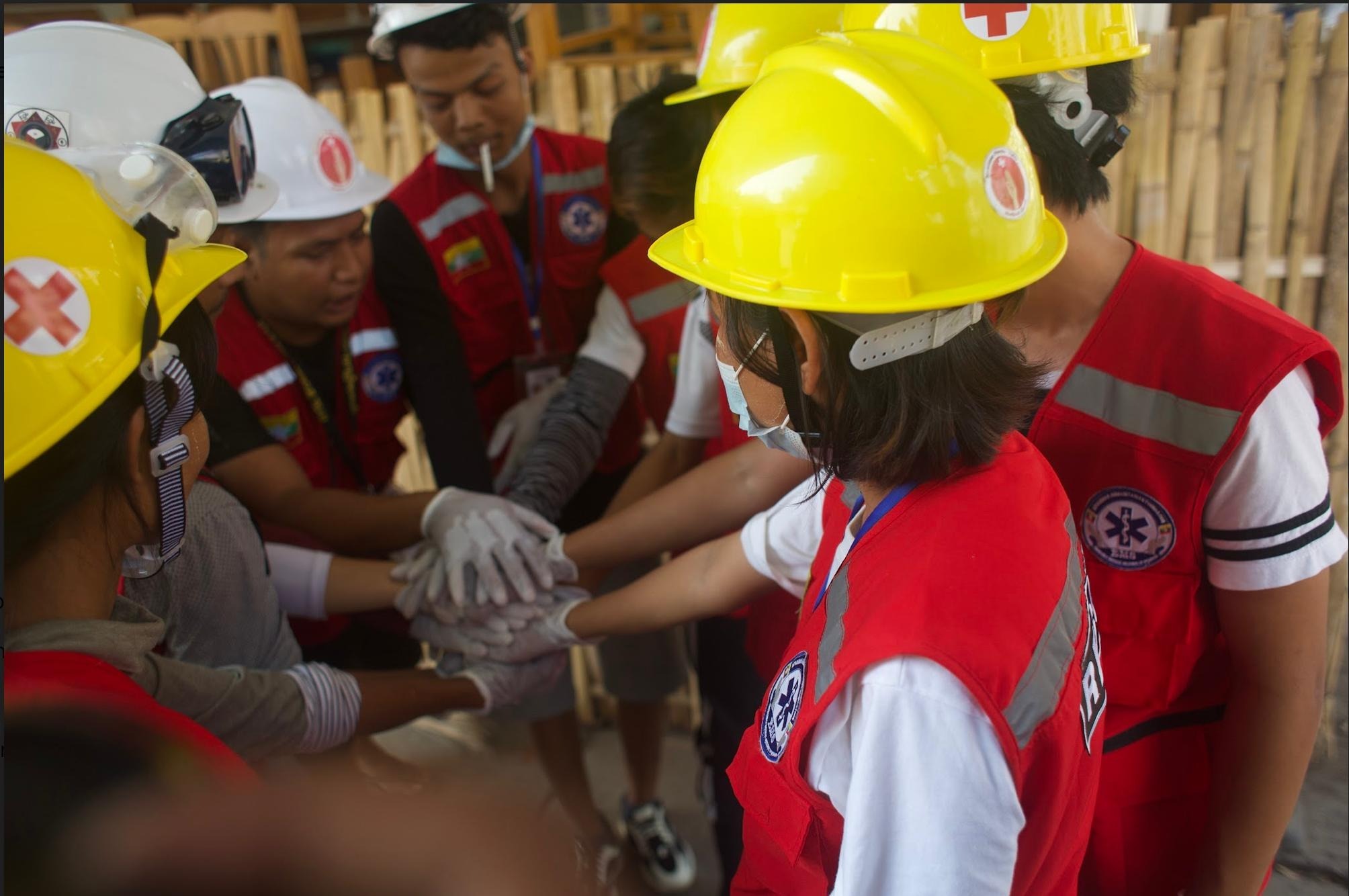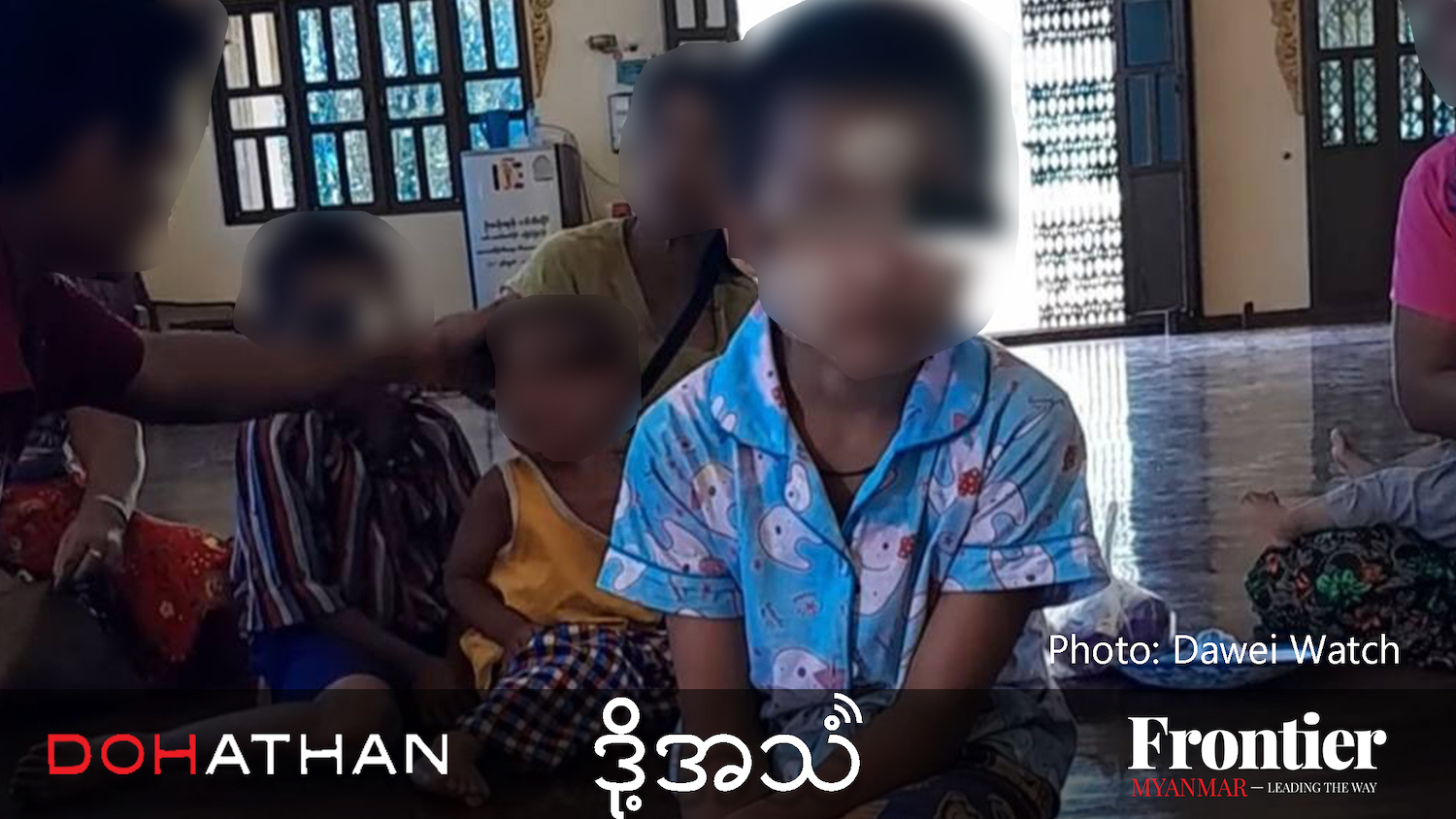By HLA-HLA HTAY | AFP
YANGON — Playing with a tiny kitten is the only thing that stops 13-year-old Myat Noe crying as she lies in a Yangon hospital, flesh peeling from where she says her employers burned her with irons and boiling water.
She was rescued last weekend from a house south of Yangon, where she was sent to work as a live-in housemaid earning less than $10 a week.
Her story is one many child domestic helper abuse cases to emerge since the country’s first freely elected government in half a century took power last year.
Lawmakers, led by State Counsellor Daw Aung San Suu Kyi, have vowed to strengthen protection for child workers.
Support more independent journalism like this. Sign up to be a Frontier member.
But new laws appear distant while the culture of abuse persists in a country where poor children are routinely pressed into jobs.
“It hurts,” Myat Noe whispered to an AFP journalist from her hospital bed after finally stroking her kitten to sleep, tears stifling her voice.
“They did this because I forgot to tell them the water had boiled. I do not want to go back,” added the girl, whose name has been changed to protect her identity.
The girl was sent by her grandmother to work for a couple who were family friends.
But concerned neighbours tipped off authorities after glimpsing her back, shoulders and chest covered in livid red burns.
Police have arrested the couple, who are accused of branding her with burning irons, beating her and pouring boiling water over her skin.
“When we found the girl, there were many injuries on her whole body,” said local ward authority Myo Tint Naing, who brought the charges.
“The child was locked up to stop her having any outside contact … (She) has been so afraid since we took her. She doesn’t want to go back.”
‘Many unknown cases’
A female police officer stood guard near the girl as a harried doctor told AFP he had seen six cases of abused child servants at this hospital alone.
All were left with severe psychological damage from their ordeals.
“What we need in this country is a law to protect child (domestic) helpers in particular,” he said on condition of anonymity.
“There are many unknown child abuse cases happening.”
Experts say tens of thousands of youngsters work as house servants in Myanmar, rated as the world’s seventh-worst country for child labour by risk analysts Verisk Maplecroft.
Vulnerable and invisible, with no legal protections, they are at high risk of abuse.
Protecting them has become a test issue for Aung San Suu Kyi’s government since last year, when the case of two girls who suffered horrendous abuse during five years held captive in a tailors shop in Yangon came to light.
Their story shocked the country and the president ordered an investigation into how it was handled, but little substantive action has been taken since.
Lawmakers have announced the formulation of a five-year action plan to eliminate child labour.
They are also expected to amend the 1993 Child Law to cover anyone under the age of 18, rather than 16, and enshrine the minimum working age at 14 in the next session of parliament.
But experts say specific legal protections for child servants remain a pipe dream.


